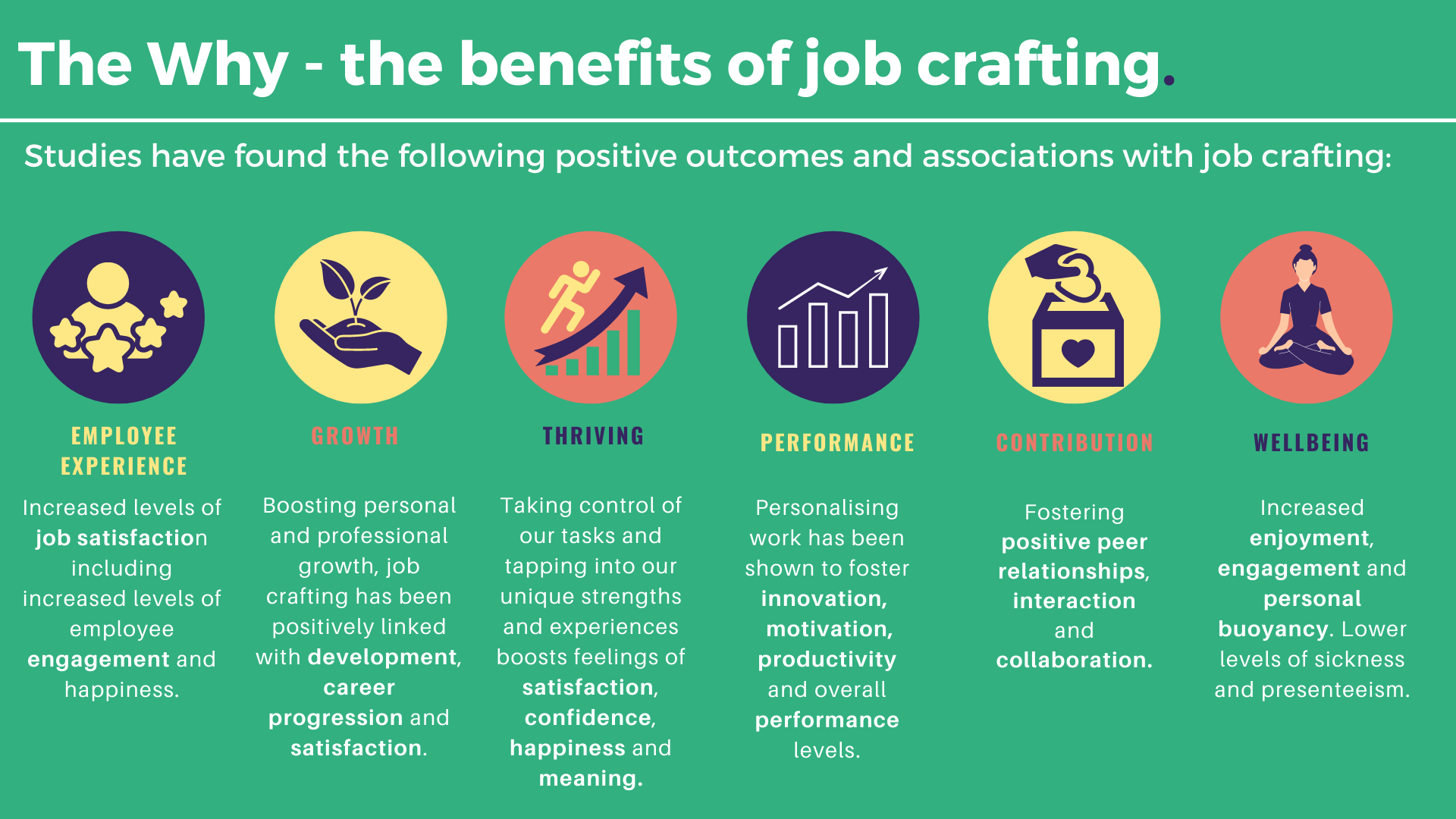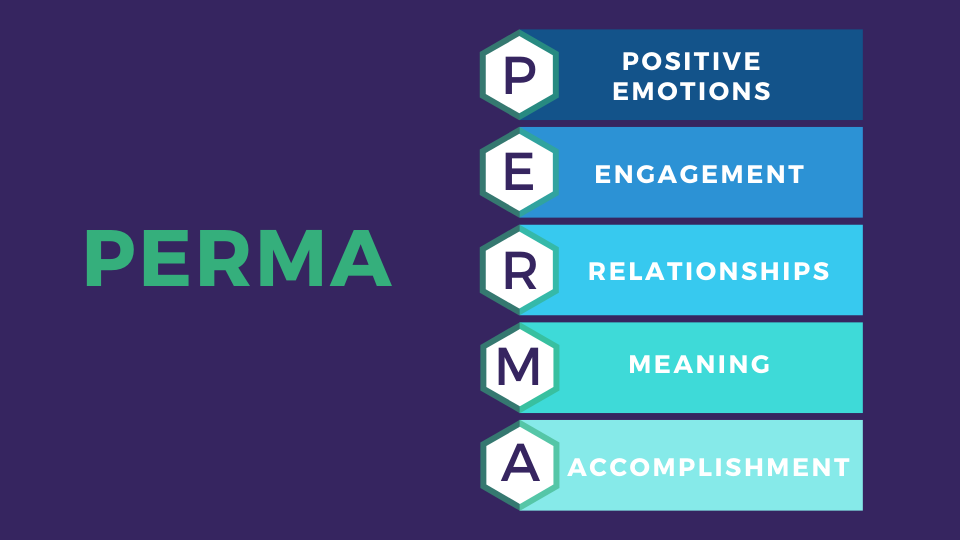13 ideas for compelling goal setting
There is an avalanche of research behind goal setting which identifies ideas and strategies that can be used to maximise the likelihood of making your aims and ambitions stick.
1) Choose the right goals
To start with, it’s important to pick goals and targets that excite and energise us.
We’re more likely to be motivated to achieve goals which have positive outcomes and benefits rather than those with a focus of mitigating or avoiding a negative activity (academics distinguish between these as approach and avoidance goals). If in doubt go with the goal that best balances excitement and curiosity with potential impact and achievability.
If your goal is to eat healthier, try focusing less on the bad foods and more on the good. So, rather than excluding a specific food group out of your diet entirely, why not set yourself a target of eating 10 different types of fruit and veg that week.
2) Start small
Many of us fail to achieve our goals because we bite off more than we can chew when it comes to the targets we are trying to reach.
To avoid over reaching when it comes to our goals, it can be really effective to break larger ambitions into smaller, micro targets.
Micro goals or targets tend to be successful for a number of reasons.
Firstly, people approach these goals with a degree of fun, optimism and curiosity as they may seem more achievable. Also, smaller goals create time for people to do them. `
Setting goals that can be achieved in 5 minutes means they take the same or less time than making our favourite cuppa - something most of us make time for many times each day.
For example, if you want to start expressing gratitude more often, start with writing down 3 good things a day. This will take less than a minute and is an important foot in the right direction.
3) Plan
Plans are crucial for supporting and enabling behaviour change. Psychological research has consistently found that when people have a plan they are much more likely to follow through with their intentions and achieve their goals [2]. A plan involves being clear on when, where and how you are going to do something.
If your goal is to run three times a week. Make sure you know exactly when, where and how you are going to do it. For example, I will run on Mondays, Wednesdays and Sundays at 9am around the park and back. I will set an alarm on my phone and put out my gym gear the night before to ensure I do this.
4) Use anchors, habits and routines
When we do something completely new it requires masses of energy and requires lots of motivation.
A way to alleviate this energy cost is to incorporate goals into existing routines and behaviours. Linking new goals with existing habits reduces the effort needed, which often puts us off doing them in the first place.
If your goal is to drink more water, put a bottle in your car or your gym bag. Make sure you have a full glass on your work desk or by your bed so that it's readily available for you.
5) Use rewards
Rewards are a positive and potent way of encouraging and consolidating behaviour change [3]. Rewarding ourselves can make us feel good and encourage the release of dopamine the feel good hormone.
Rewards don’t have to be extravagant or new. They can be part of your existing routine, for example a cup of coffee or checking social media for 10 minutes. See what motivates you best as everyone is different.
6) Involve others
You are more likely to be successful in achieving your goals if you feel accountable to others. When sharing your goals with other people you are immediately setting social expectations which will tap into that innate desire to demonstrate success.
Take Strava for example. This app thrived in lockdown when everyone started posting and sharing their running times and distances on social media. It became a trend and almost a competition between others. Perhaps you are more likely to run that extra mile if you know people will see it.
7) Hold a pre-mortem to identifiable barriers and road blocks
Rather than a post-mortem, try a pre-mortem. This takes place before a project or an initiative and encourages people to explore why they may not achieve their desired outcomes. Consider the barriers you think you may face when trying to achieve your ambitions. How can you overcome these and prevent them from coming between you and your goals.
For example, if your goal is to not eat chocolate throughout the week. What will come between you and this goal? Is it the chocolate aisle in supermarket you need to avoid? Or is it the bakery on the way to work? Being aware of these barriers and how to tackle them will prepare you better to succeed.
8) Take an experimental approach
At the heart of experimental design is having a hypothesis and then setting out the steps you need to take to test out your predictions. Similarly, when it comes to our goals being clear on our hypothesis can help us gain clarity on the outcome we are trying to achieve. This approach encourages us to reflect and check-in on whether we were successful too.
So rather than saying you are going to give up on sugary snacks, develop a hypothesis first as part of your goal setting experiment. Your hypothesis might be that eating less sugar will actually make you feel healthier and give you more energy. You can then work out the best way to test this (e.g. giving up sugar for a month) and see if it works (e.g. evaluate energy levels at the end of the month).
9) Use bright lines
One way to increase the clarity of a goal is to apply ‘bright line’ rules.
From a legal perspective bright-line rules refer to clearly defined laws or standards that are easy to interpret and clear to spot when they have been broken or transgressed. From a goal-setting perspective, bright lines are rules that will be applied and followed in respect of specific targets and ambitions.
For example, if you wanted to include more time for researching new ideas relating to work, you could say that you will spend the first 15 minutes of work each day reading articles or searching for resources before starting other activities. The bright lines of this goal is that you are going to do it everyday and going to do it first thing.
10) Temptation bundle
Temptation bundling is a twist on rewarding yourself. Rather than getting a reward after you have achieved your goal, temptation bundling involves combining your goal activity with a form of reward itself. Researchers tested this idea with people who wanted to commit to more regular exercise in the gym. They gave participants an enthralling audiobook which they could only listen to when working out. Participants who were only able to access the story when they were exercising were found to visit the gym 51% more than those in a control group [4].
If you wanted to explore this you could for example only let yourself listen to your favourite album or podcast when you take a lunchtime walk; incentivising you to get outside whatever the weather.
11) Shoot for the moon
If you can’t manage to keep your goal small, you may benefit from going big. REALLY BIG.
Setting ambitious goals encourages us to change our focus and mindset and unlock new ways of thinking about a problem or opportunity. In order to achieve ambitious targets we often need to find and adopt new ways of working as our existing approaches can’t scale to the level that we need.
For example, if you want to feel more connected to people in your large organisation, rather than trying to find every-day opportunities to connect with people, you could set yourself a goal of trying to personally speaking individually with every person in your company over the course of a year. Not only could you approach this task with a sense of novelty and fun, it would give you a logistically challenge of working out the best way to do this
12) Coach yourself
Most people don’t need, or can ignore, top tips for goal setting [sorry that you’ve got this far in this article and we are telling you this now].
The chances are deep down you already know the best way for you to make a goal or new habit stick.
Researchers have found that self-coaching can be a positive and effective way for people to manage health conditions such as diabetes [5].
Rather than simply launching into setting your next goal, take a step back, and coach yourself the way you might a friend or colleague who came to you for advice about the best way for them to achieve a goal.
Being self reflective and critical can help you really understand why and whether the goal you are going to set really matters. You can then explore the best way for you personally to achieve this.
13) Write down your goals
Writing our goals down on paper or noting them on our phone or computer makes them clearer and more tangible.
Recording our targets is a demonstration of commitment, requires clarity and can help seed our motivation. Researchers have found that we are in fact over 40 percent more likely to achieve our goals if we write them down.[6]
So rather than just telling yourself or other people about your goal write it down. To help you with this we have produced a goal setting worksheet which you can download here.
Good luck
So what are you waiting for? We hope you can find inspiration in this list of evidence-backed ideas and wish you the best of luck in your future goal setting and goal getting.
References
https://health.usnews.com/health-news/blogs/eat-run/articles/2015-12-29/why-80-percent-of-new-years-resolutions-fail [1].
Service, O and Gallagher, R (2017). Think small: The Surprisingly simple ways to reach big goals, Michael O’Mara Books [2].
Duhigg, C (2013) The power of Habit: Why do we need do what we do and how to change, Random House [3].
Milkman, K. L., Minson, J. A., & Volpp, K. G. (2014). Holding the Hunger Games hostage at the gym: An evaluation of temptation bundling. Management science, 60(2), 283-299 [4].
Alseraty, W.H. and Hamaad, W.A., Impacts of A Healthier Life Style Self Coaching Strategy On; Awareness, Management Practice And Glycemic Control of Diabetic Patients [5].
https://www.huffpost.com/entry/the-power-of-writing-down_b_12002348?guccounter=1 [6].
















